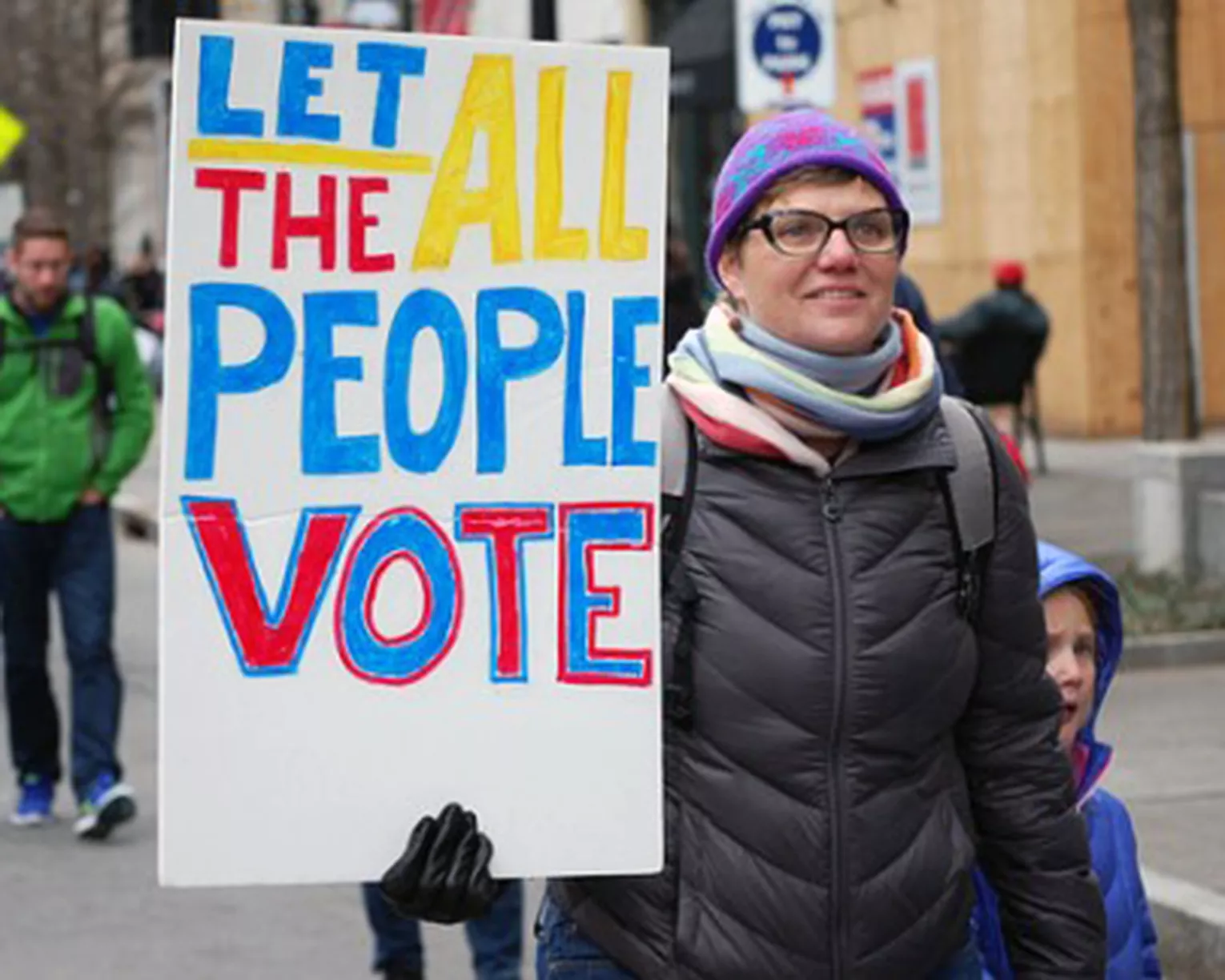At a Glance
As educators, we must continually challenge and dismantle, piece by piece, the structures, policies and implicit biases we all have that prop up white privilege at the expense of students and families of color.
Topics
- Culturally Responsive Education
- Digital & Virtual Learning
- Positive School Environments
Outcomes
- Racial Justice discussion
Developed by:
Last Updated: September 1, 2021
Details
Session Length
1 Hour
Session Format
Webinar
Talking about racial justice in public education—constructively, honestly, and openly—is difficult. As educators, we must continually challenge and dismantle, piece by piece, the structures, policies and implicit biases we all have that prop up white privilege at the expense of students and families of color. To do anything less is to deny the world in which our students live, to concede that some students deserve less.
Leadership Institutes
Become an effective leader and advocate for your students, your coworkers, and public education through NEA’s Leadership Institutes.

Voter Suppression is Real
Efforts to suppress the vote continue today. Learn more about proposed bills in Congress to protect voting rights and what you can do to help.
Stay Informed We'll come to you
We're here to help you succeed in your career, advocate for public school students, and stay up to date on the latest education news. Sign up to stay informed
